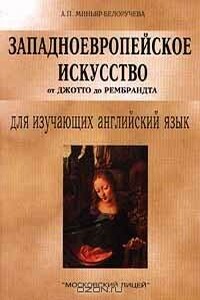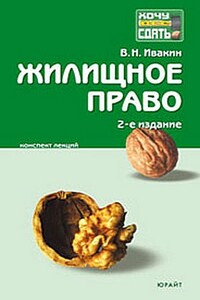Западноевропейское искусство от Джотто до Рембрандта. Для изучающих английский язык | страница 35
2. Raphael's frescoes.
3. The High Renaissance heritage.
Unit VIII Titian (1490-1576)
The monarch of the Venetian School in the sixteenth century was Titian. A robust mountaineer came to Venice as a boy from the Alpine town of Pieve di Cadore and lived well into his nineties. The young painter was trained in the studios of both Gentille Bellini and Giovanni BellinI. Then he assisted Giorgione with the lost frescoes that once decorated the exteriors of Venetian palaces.
Once independent, Titian succeeded in establishing colour as the major determinant. Although he visited central Italy only in 1545-46, Titian was aware, probably, by means of engravings, of what was going on in Florence and Rome and assimilated High Renaissance innovations to his own stylistic aims. Titian generally began with a red ground, which communicated warmth to his colouring; over that he painted figures and background often in brilliant hues.
Titian's life was marked by honours and material rewards. He made himself wealthy. His palace in Venice was the centre of a near-princely court, fulfilling the worldly ideal of the painter's standing as formulated by Leonardo da VincI. In 1553 Titian began his acquaintance with the Emperor Charles V. There is a legend that the Emperor, on a visit to Titian's studio, stooped to pick up a brush the painter had dropped. Titian was called twice to the imperial court.
An early work, painted by Titian about 1515, is known as Sacred and Profane Love. The subject of this enigmatic picture has never been satisfactorily explained. Two women who look like sisters sit on either side of an open sarcophagus, which is also a fountain in the glow of late afternoon. One is clothed, another is nude save for a white scarf. The shadowed landscape behind the clothed sister leads up to a castle, toward which a horseman gallops while rabbits play in the dimness. Behind the nude sister the landscape is filled with light, and huntsmen ride behind a hound about to catch a hare, while the shepherds tend their flocks before a village with a church tower, touched with evening light. Cupid stirs the waters in the sarcophagus-fountain. The picture becomes a glorification of the beauty and redeeming power of love. Sometimes it is interpreted as the passage from virginity through the water of suffering, a kind of baptism, to a new life in love.
Titian made a series of mythological paintings for a chamber in the palace of the duke of Ferrara. One of these, the



